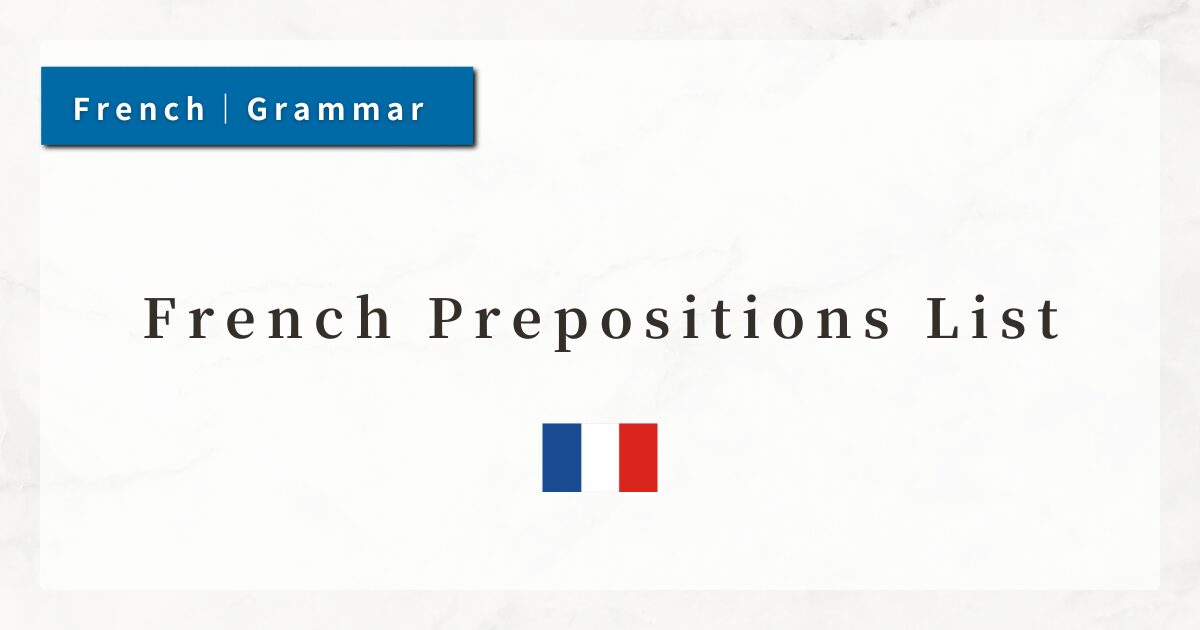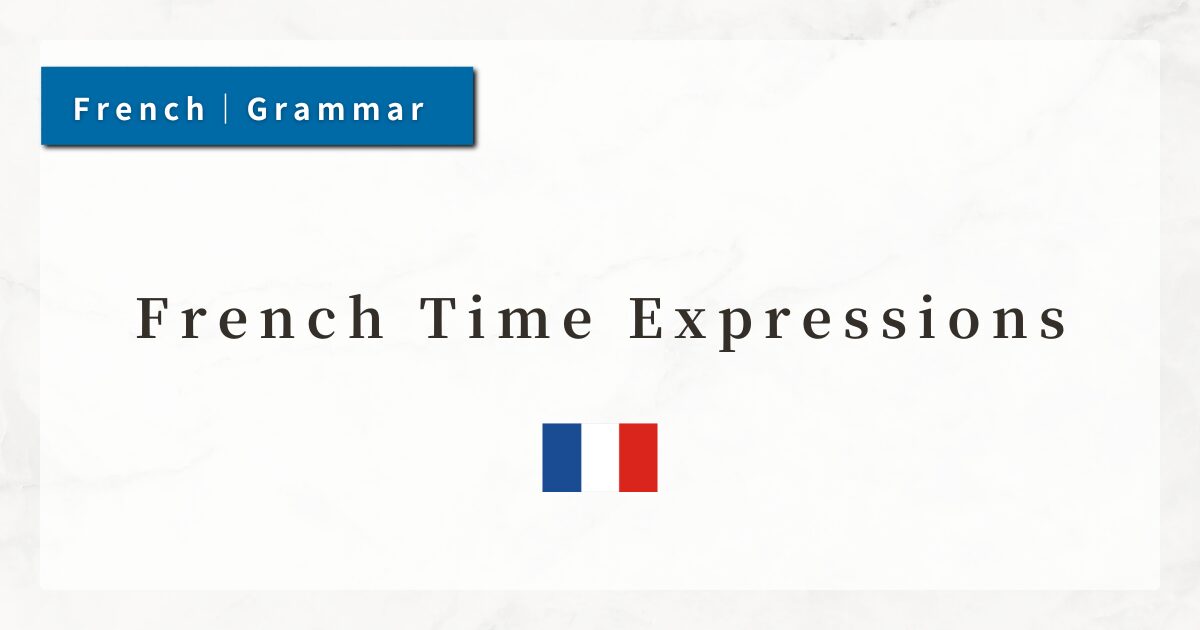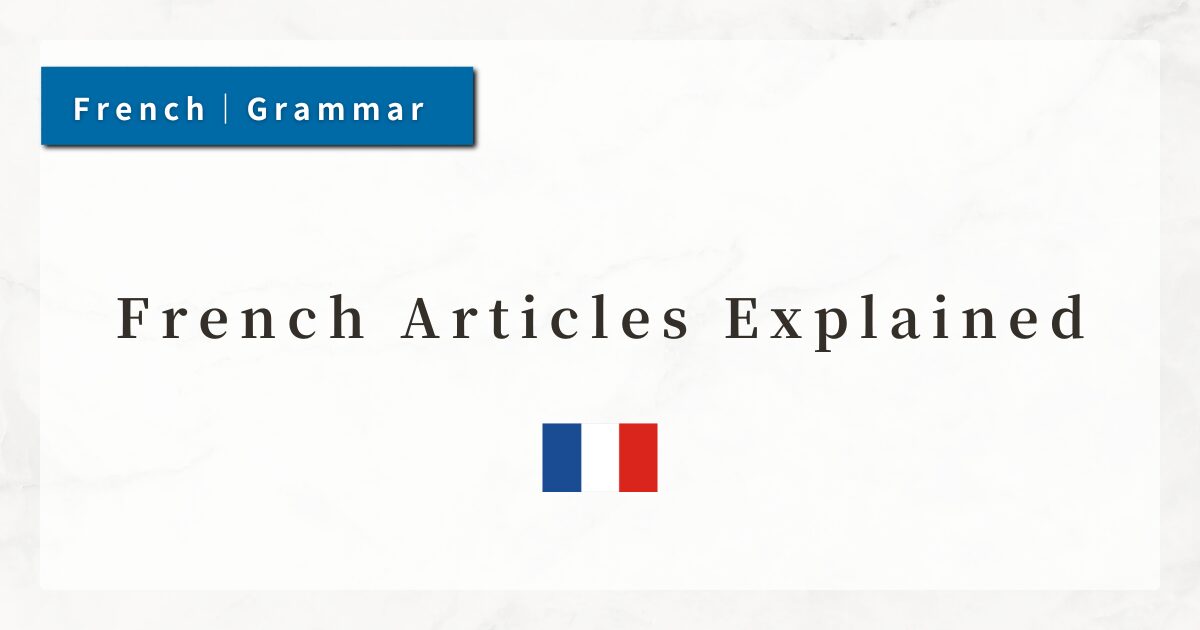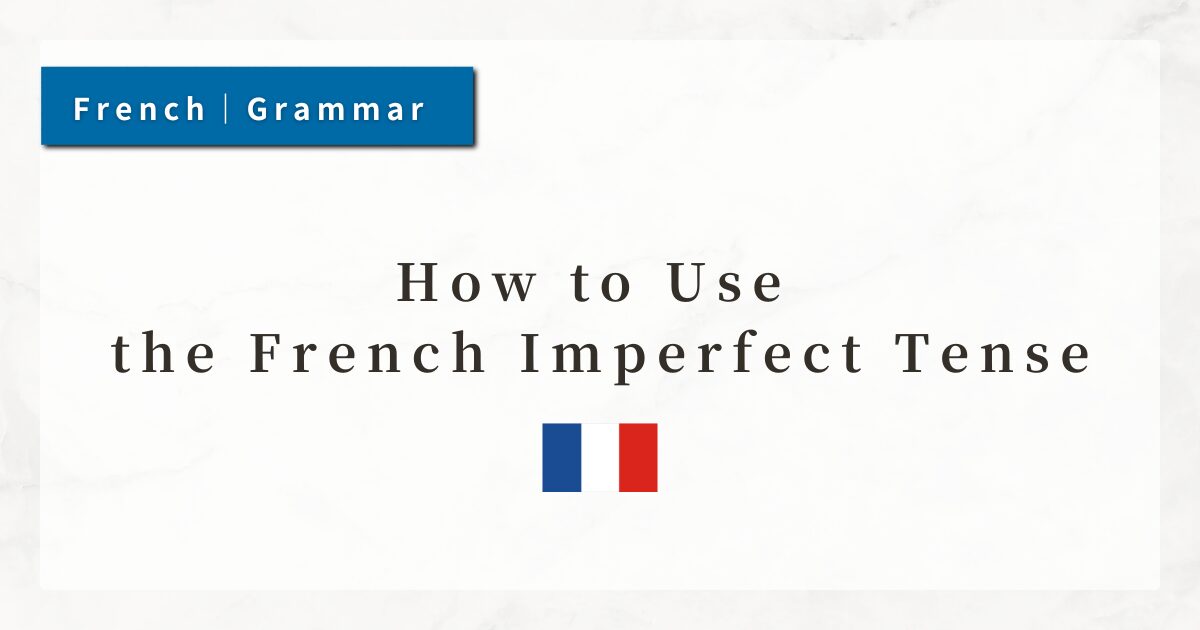#36 How to Use Relative Pronouns qui and que | Basic Rules and Examples
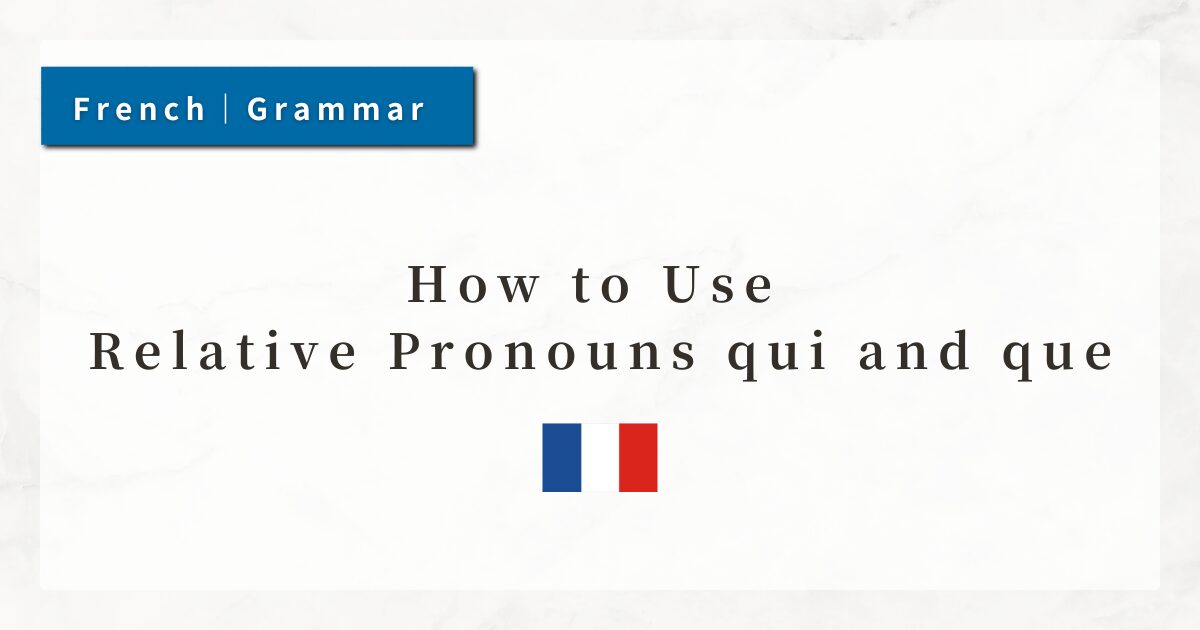
The French relative pronouns qui and que are indispensable elements of grammar that connect two sentences and provide additional information about a noun.
Although qui and que form the foundation of relative pronouns, they are often confused, so careful attention is required when using them.
In this lesson, I will explain the role, usage, and word order of the relative pronouns qui and que.
1. Basics of Relative Pronouns
A relative pronoun combines two sentences into one and provides more detail about a noun (called the antecedent).
Among them, qui and que are the most frequently used and fundamental relative pronouns.
1-1. Characteristics of qui
Qui is used when the antecedent (the noun being described) functions as the subject in the relative clause. A verb must always follow qui.
① J’ai un ami.
(I have a friend.)
② Il habite à Paris.
(He lives in Paris.)
①+②:
J’ai un ami qui habite à Paris.
(I have a friend who lives in Paris.)
1-2. Characteristics of que
Que is used when the antecedent functions as the object in the relative clause. After que, there must be a subject followed by a verb.
① J’ai un ami.
(I have a friend.)
② Tu connais cet ami.
(You know this friend.)
①+②:
J’ai un ami que tu connais.
(I have a friend whom you know.)
2. Detailed Use of qui
Qui is used when the antecedent is the subject in the relative clause.
It is always followed by a verb, linking the noun directly with the action or state expressed in the clause.
- Je connais un homme qui parle espagnol.
(I know a man who speaks Spanish.)
Here, qui refers to un homme, which is the subject of the action “speaks.”
Separated into two sentences:
- Je connais un homme.
(I know a man.) - Il parle espagnol.
(He speaks Spanish.)
Because “he = the man” performs the action, qui is required.
3. Detailed Use of que
Que is used when the antecedent functions as the object in the relative clause.
After que, a subject + verb structure follows, and the antecedent corresponds to the object within the clause.
- Je lis un livre que mon ami a recommandé.
(I am reading a book that my friend recommended.)
Here, que refers to un livre, which is the object of the action “recommended.”
Separated into two sentences:
- Je lis un livre.
(I am reading a book.) - Mon ami a recommandé ce livre.
(My friend recommended this book.)
Because ce livre (the book) is the object of the second sentence, que is required.
4. How to Distinguish Between qui and que
When building a French sentence, always consider the role of the antecedent in the relative clause.
| Role of Antecedent | Relative Pronoun | Clause Structure | Example |
|---|---|---|---|
| Subject | qui | qui + verb | J’ai un frère qui travaille en Suisse. (I have a brother who works in Switzerland.) |
| Object | que | que + subject + verb | J’ai un frère que tu connais. (I have a brother whom you know.) |
5. Summary
- Qui functions as the subject in the relative clause and is followed by a verb.
- Que functions as the object in the relative clause and is followed by “subject + verb.”
- The correct choice between qui and que depends on the grammatical role of the antecedent in the relative clause.
- A practical tip: look carefully at what comes after the relative pronoun.

